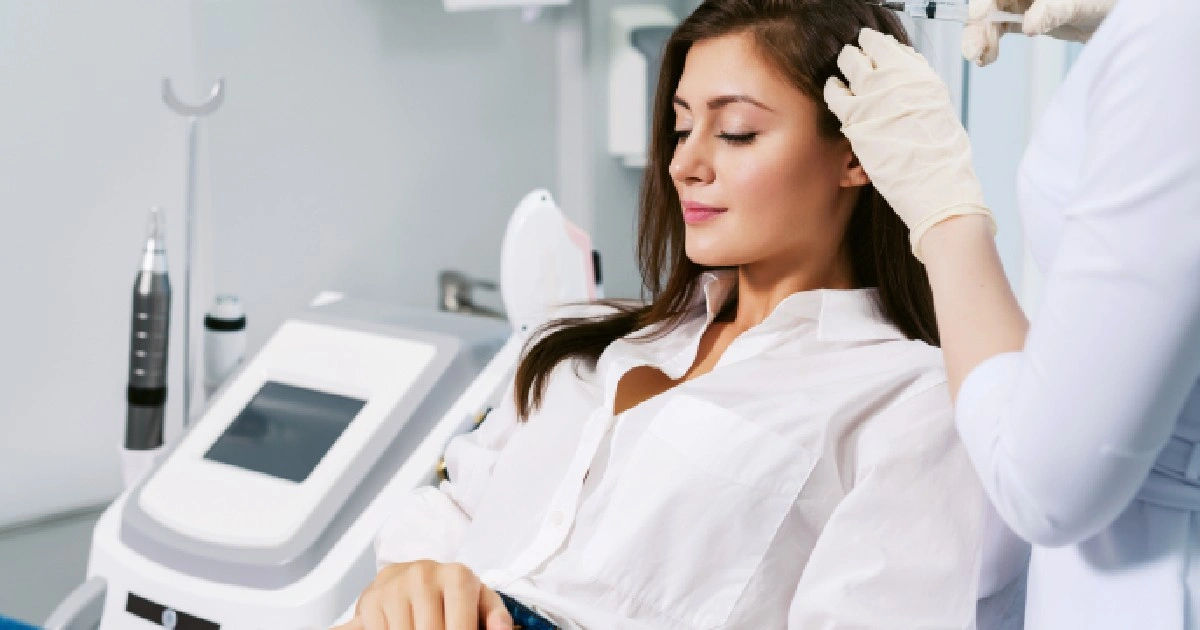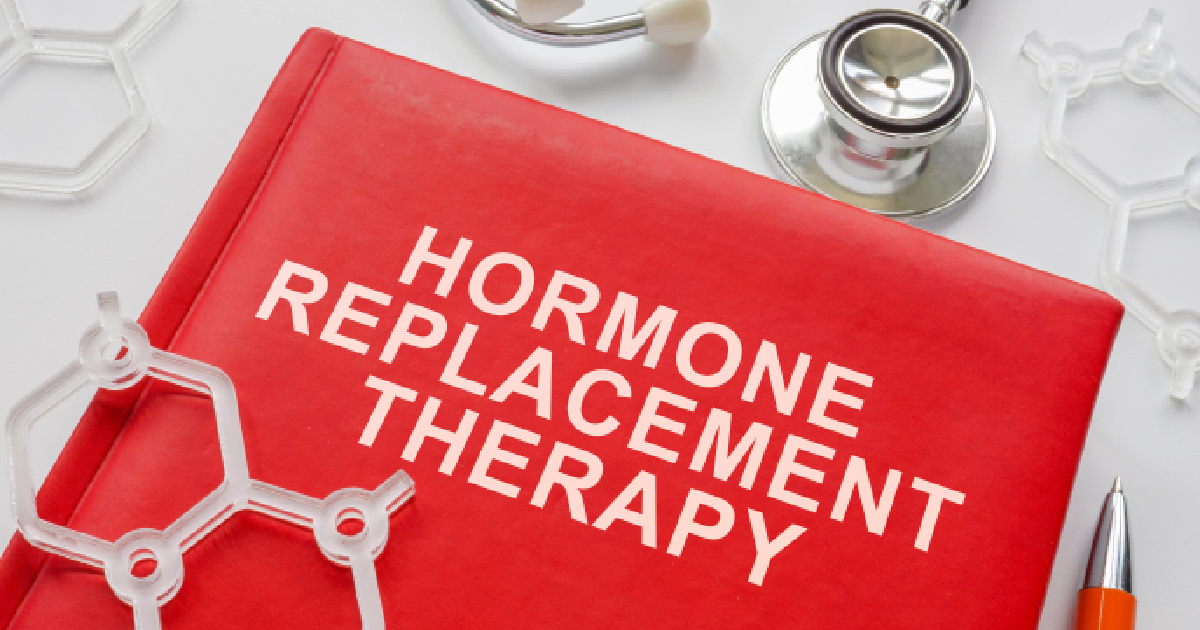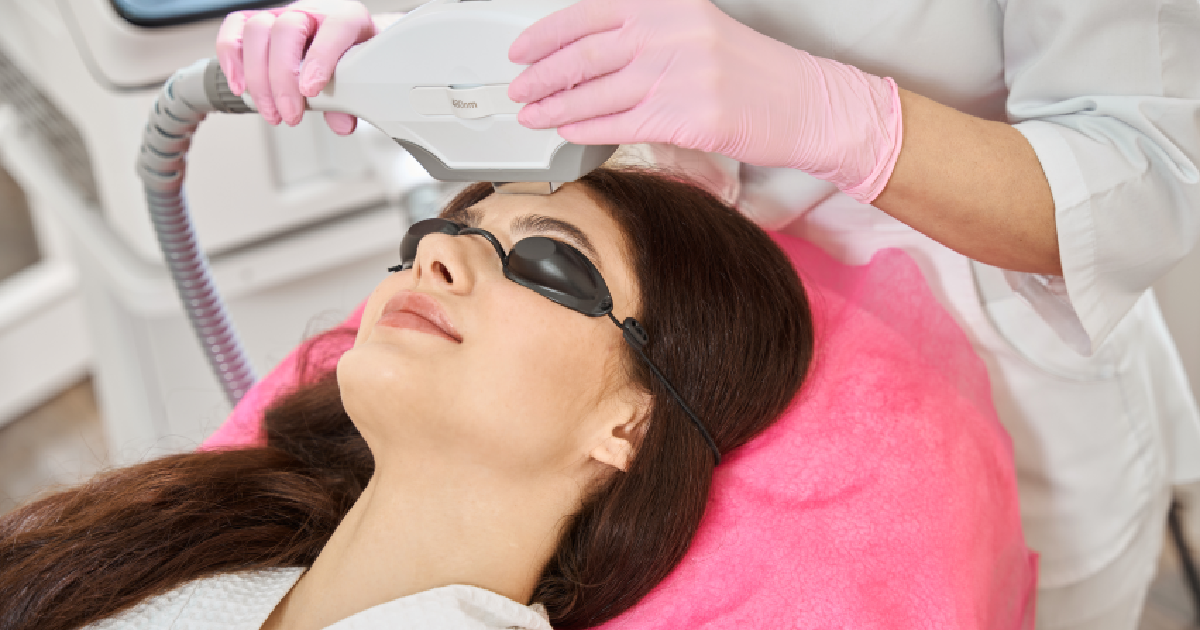If you’re looking for a true understanding of how regenerative medicine approaches healing, you’re in the right place! I hope the idea of safe, effective, alternative treatments that don’t involve drugs or surgery has you ready to learn more. Today, I want to introduce you to Tissue Repair Therapy and describe how we work with our Source of Health clinic patients to achieve healing from within.
You’ve probably heard the name bantered around, but I want to talk about what tissue repair
cells are. tissue repair cells are hMSC – human mesenchymal tissue repair cells, aka medicinal signalling cells, aka pericytes (cells that sit atop blood vessels in tissue). In the body, tissue repair cells promote rejuvenation, repair, and regeneration, and can be a powerful force for healing. By sending signals to injured cells, they encourage them to grow and heal. We work with the tissue repair cells that are already present in your body, allowing us to keep your treatments in-house and strictly contained in our medical clinic.
Generally speaking, tissue repair therapy may involve harvesting these cells from one’s own bone marrow or adipose (autologous), or from perinatal tissue such as placenta or umbilical cord (non-autologous). Please note that non-autologous products are not alive at the time of injection nor should the unfiltered culture media be used. Purification and filtering result in a superior product if not using one’s own tissue.
These cells can be further harvested and cultured in a lab to produce a variety of crucial healing helpers such as growth factors, cytokines, and mRNA. The tissue repair cells and their elements are drawn out, purified, and concentrated in our clinic lab, and then injected into the damaged areas, encouraging healing at the cellular-level source of the problem.
Tissue Repair Therapy Approach
Now that you know the basics of this regenerative therapy, I’d like to stress that not all tissue repair therapy clinics in Scottsdale take the time to consider your comprehensive medical history, lifestyle, and other factors. Like all of our services, tissue repair therapy at our clinic starts with a Discovery Session, where we begin our patient relationships. As a doctor with experience in the regenerative and functional medicine fields, I’m focused on long-term results and successful outcomes. The “Minute Clinics” may seem like an easy fix, but there’s no substitute for proper evaluation and diagnosis before treatment and excellent aftercare.
In addition, the expertise required to place tissue repair injections requires years of training and practice. Correct placement of the solution demands incredible precision, and I typically utilize Ultrasound-Guided injections to treat specific problems like rotator cuff tears and tendonitis.
Patient Case Study
So, how does tissue repair therapy work, and what are the steps involved? To illustrate how a treatment plan can evolve and what you can expect, let’s look at a case study of how we achieved great results with a chronic meniscus tear issue. These are common injuries, occurring when twisting and rotating your knee tears the meniscus cartilage that cushions and stabilizes the joint. The meniscus usually weakens with age, doubling up on the problems an older athlete can face as they pursue athletic activities.
As an active person, our client still hadn’t resolved lingering issues with knee pain and instability and was ready to try something new. A thorough health history and physical exam helped determine that he was a great candidate for regenerative injection therapy.
In his case, we started first with a round of PRP Therapy a month before initiating his tissue repair therapy. PRP initiated the healing process and began laying down new blood vessels, preparing the area for recovery. When he returned, he had already started noticing improvements in his stability.
In the next phase of his treatment, the tissue repair treatment used adipose-derived tissue repair cells (fat tissue). These contain key MSCs (Medicinal Signaling Cells). Once injected, they began their work – encouraging other cells to grow and heal. We continued this tissue repair therapy in combination with the platelet-rich plasma treatment. As the PRP injections released Growth Factors to direct the healing process in our client’s soft tissues, the tissue repair cells continued to stimulate rejuvenation and repair in the problem area. The result was synchronous healing that unfolded over several visits with the patient.
Rejuvenating Results
At his 6 and 12-week follow-up visits, our client reported that his chronic pain was gone and that his ability to perform his usual daily activities showed complete improvement. That’s why tissue repair therapy is at the forefront of modern health care. No surgery, no unnecessary pain medications, and a return to normal functioning!
One year later, he felt great and found he needed to receive some physical therapy to help him adjust his gait when he was running. As part of our clinic’s 4 Pillars of Health, we addressed his movement dysfunction and were able to keep him on his active path with personalized training programs.
This last detail illustrates a vital principle about Source of Health. We offer advanced integrative medicine, looking at how the whole body can reach higher wellness and health levels. In this patient’s case, the approach to progressive healing, as well as taking the necessary time and consideration for the patient to heal and then rewire their movement patterns, made all the difference. Combining therapies has proven that synergy is better than a single treatment. We don’t have to settle for good results when we can achieve great results!
Tissue Repair therapy is an effective treatment for soft tissue damage, tendonitis, plantar fasciitis, muscle tears, and more. If you think you might be the type of person fit for the benefits it offers, please connect with us for a free Discovery Session, where we will discuss your individual case and start working together to find the right solutions for your recovery.






